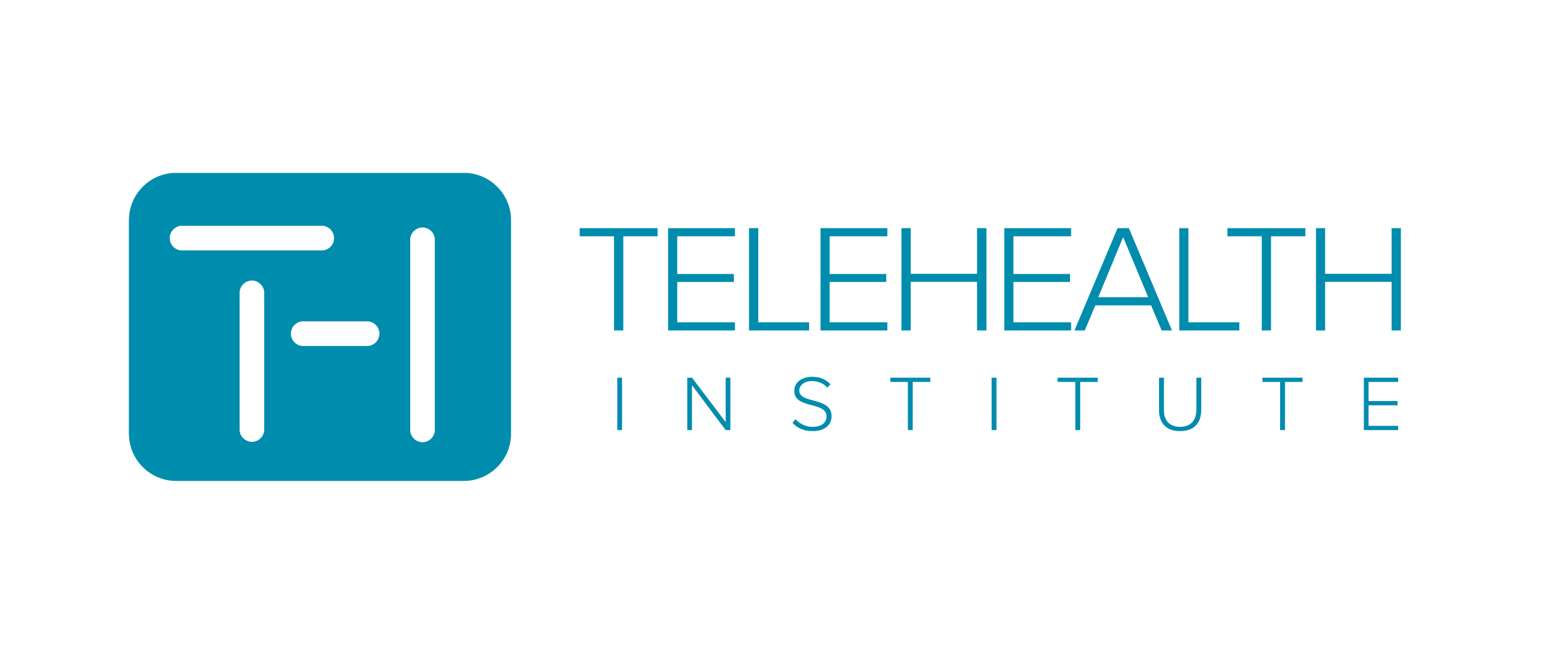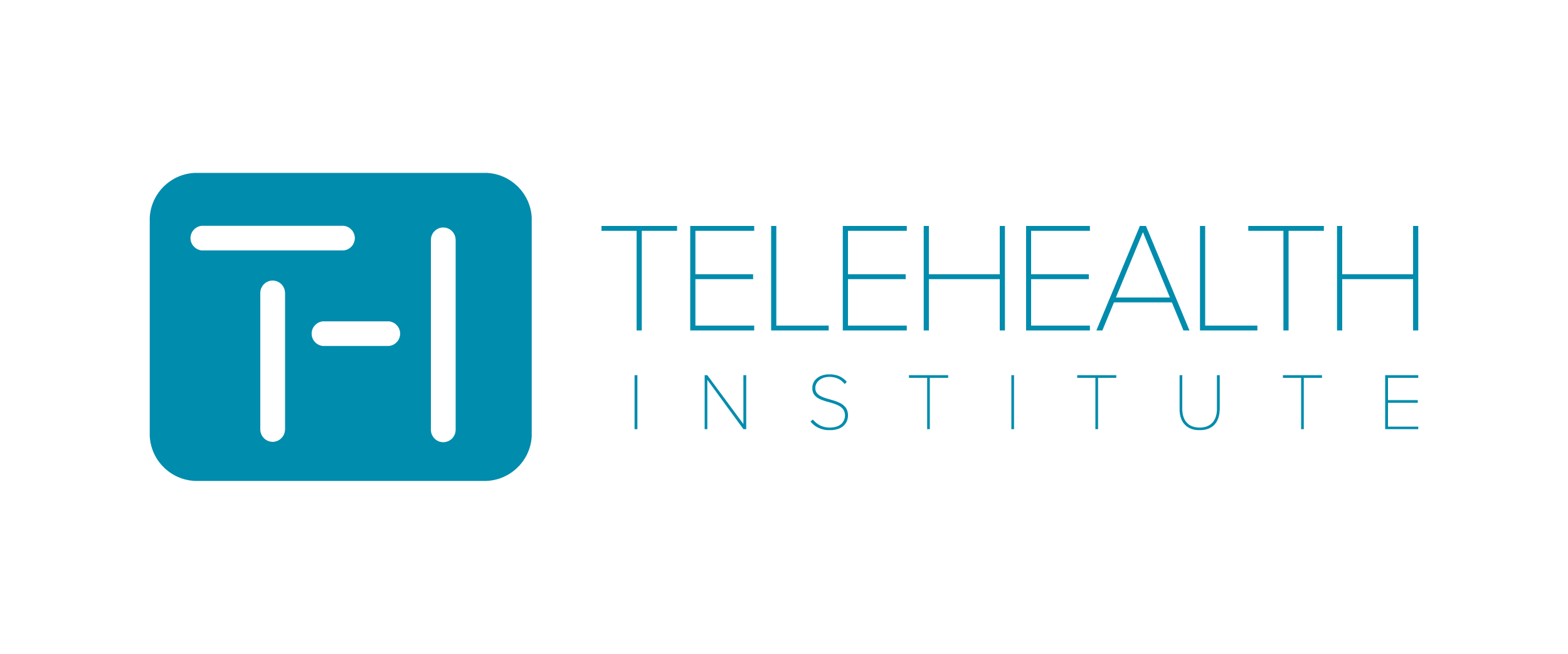
International Medical Students
Preparing the next generation of healthcare professionals
To prepare our future medical professionals to utilize telehealth accurately and efficiently, medical schools and teaching hospitals are implementing telemedicine into their curriculum. The range of telehealth education options for students in medical schools varies from required courses to optional electives. Based on American Academy of Medical Colleges (AAMC) data, in the 2017-2018 school year, 88 medical schools (about 60%) included telemedicine as either a required course or an elective option.
To utilize telehealth, students must first understand the privacy requirements and learn to explain the efficacy of telehealth to patients. Gathering patient medical history is critical to providing comprehensive care, and thus clinicians must understand how to comfort patients concerned with the privacy of their medical history. Ethical issues involving patient information and privacy are paramount for all telehealth programs are required to clearly address this topic.
In these programs, students utilize telehealth to learn its capabilities – specifically with regards to virtual examinations. The ability to read a patient’s physical appearance and body language cues during virtual visits is an increasingly important skill for clinicians to possess. Telehealth courses provide students the opportunity to shadow physicians via video conferencing to learn telehealth terminology and communication skills.
“There’s really an art to providing a good video consultation that needs to be taught, just like we teach bedside manner and patient interviewing skills.” - Neal Sikka, MD - George Washington Univ. Medical Faculty Associates
TELEHEALTH EDUCATION TRACK
A collaboration of US Medical Schools and Physicians
1
Telehealth Fundamentals
Jefferson University Certificate Course
2
HIPAA Compliance Certificate
Jefferson University Certificate Course
3
Virtual Clinical Rotations
US Virtual Rotations in Primary Care
4
Didactic Lectures
US Didactic Lectures (weekly)
5
Grand Rounds
US Grand Round Sessions (weekly)
ONLINE CERTIFICATE COURSES
Telehealth Fundamentals

Telehealth Fundamentals Course
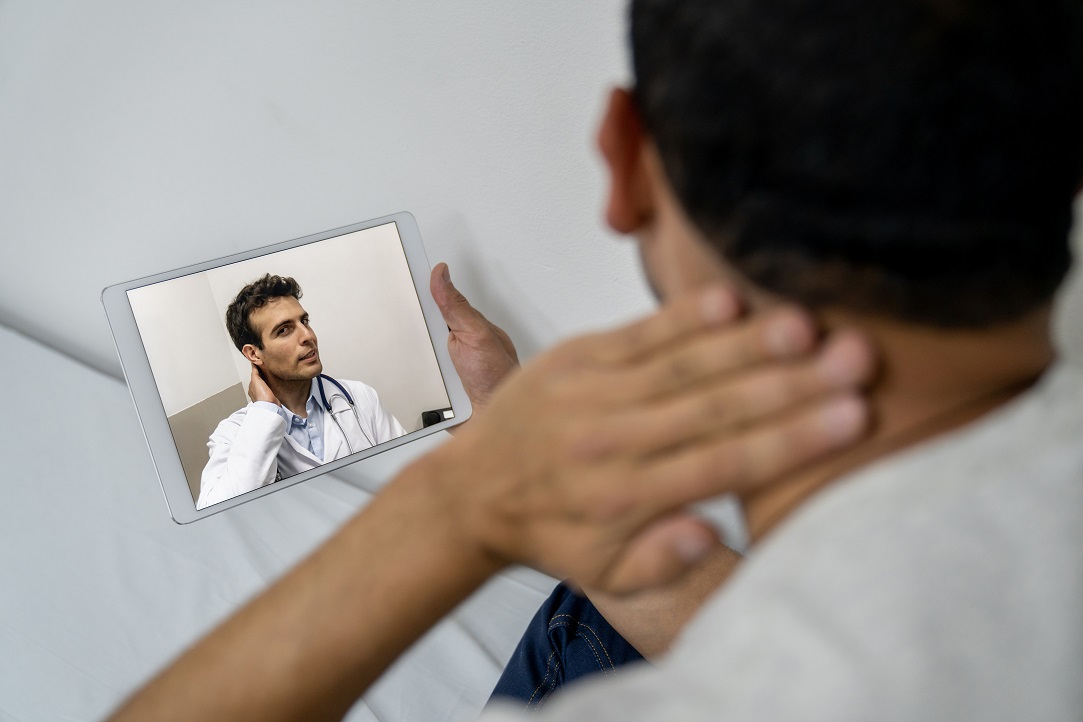
HIPAA Compliance Certificate Course
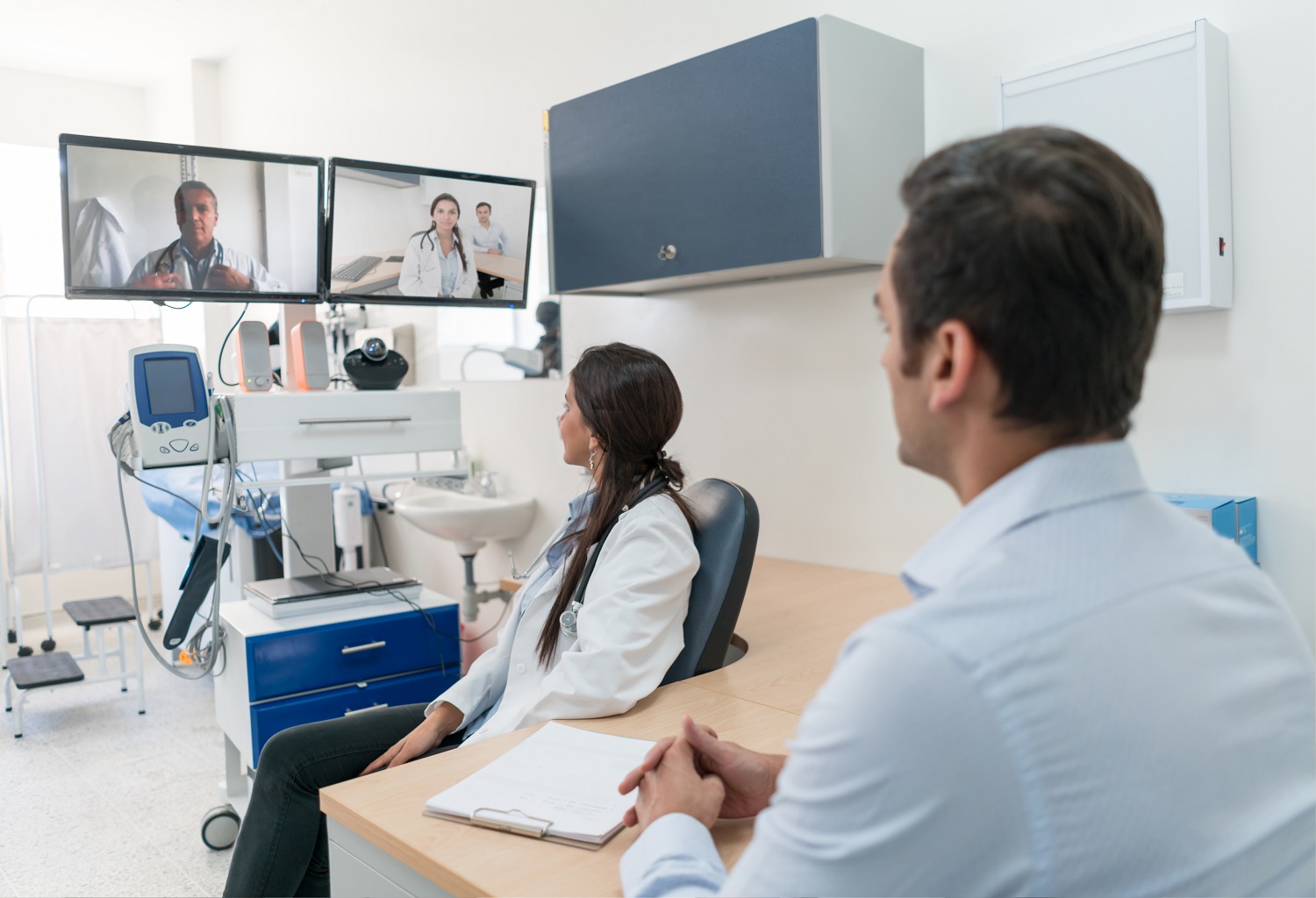
USA Virtual Clinical Rotations - Primary Care
CONTINUING EDUCATION PROGRAMS
Access to live US clinical programs
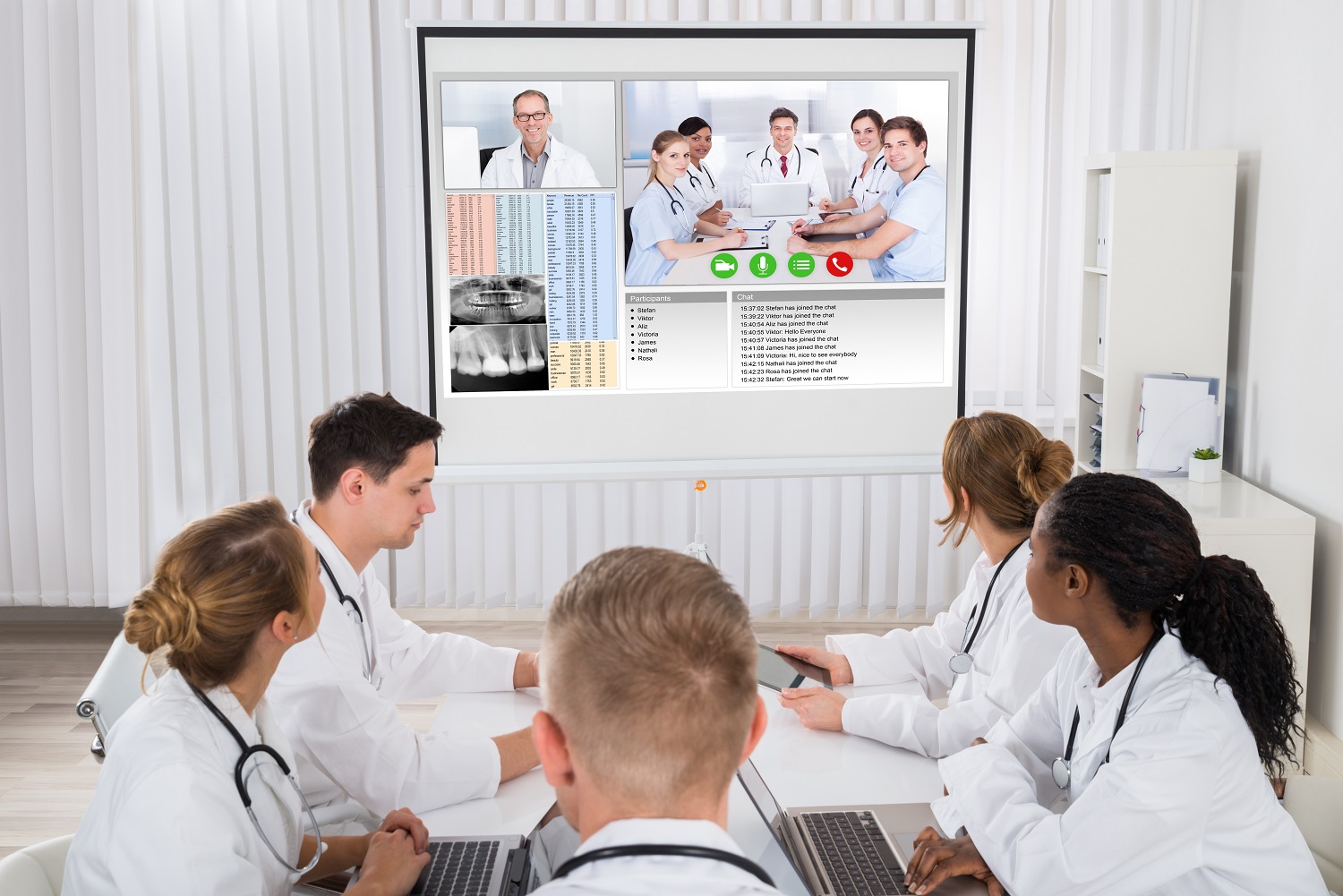
US Grand Rounds

